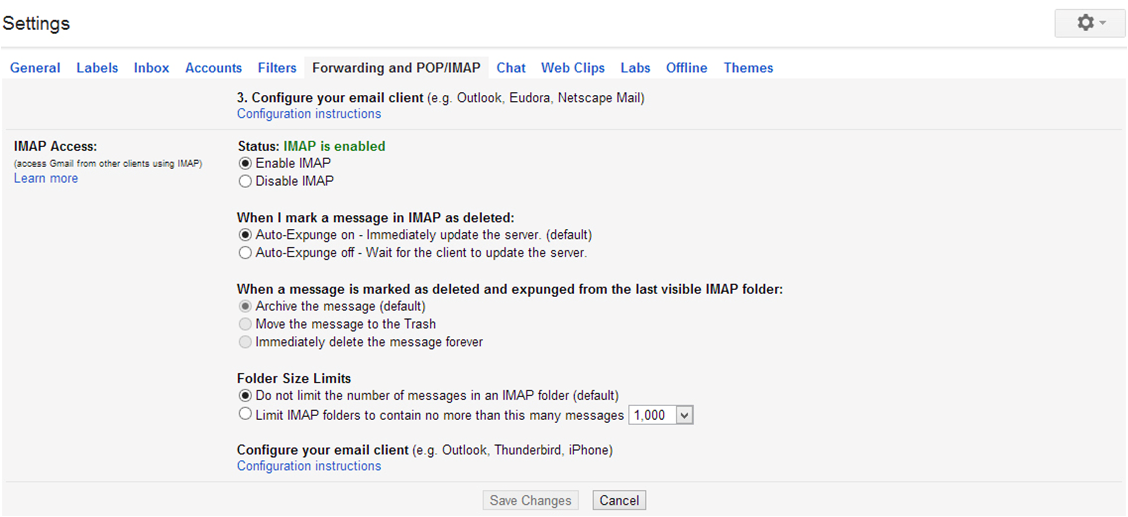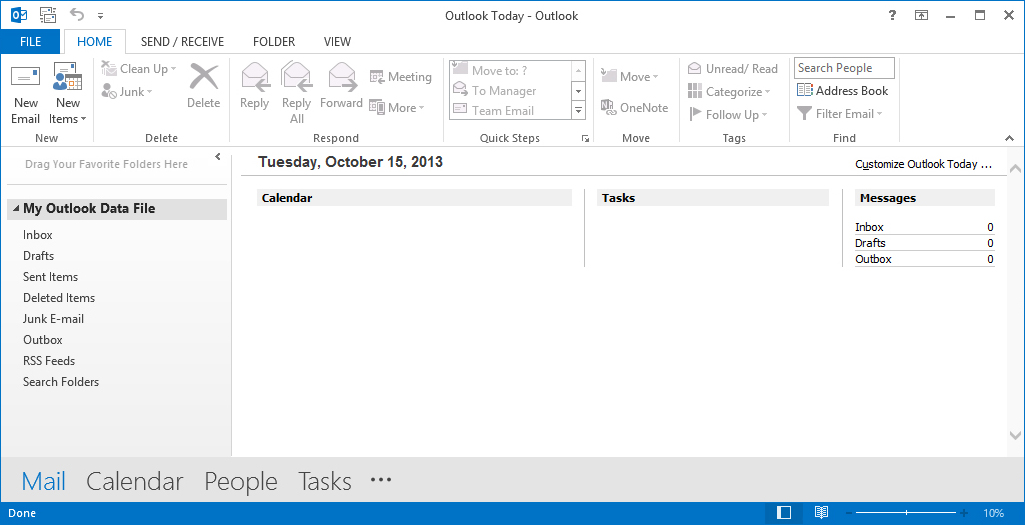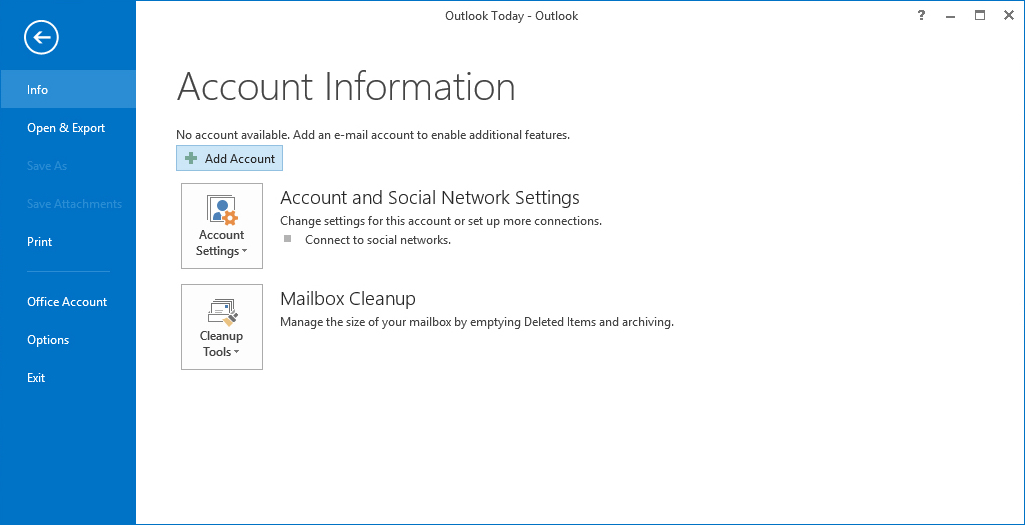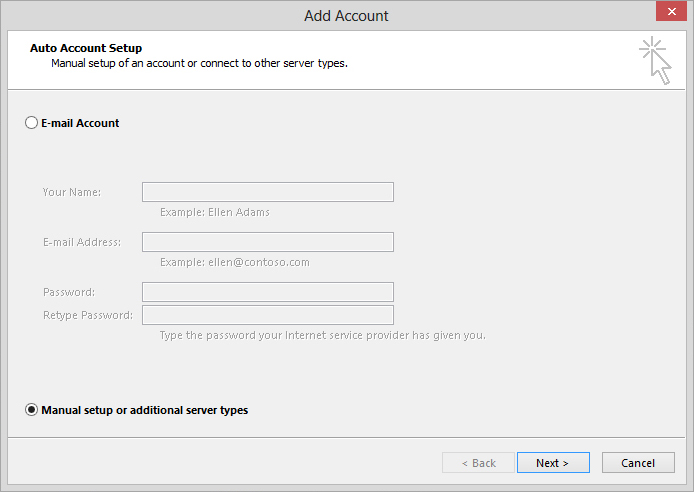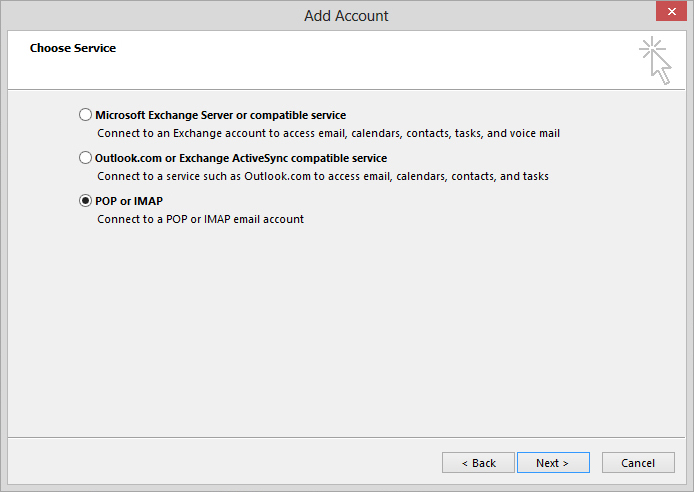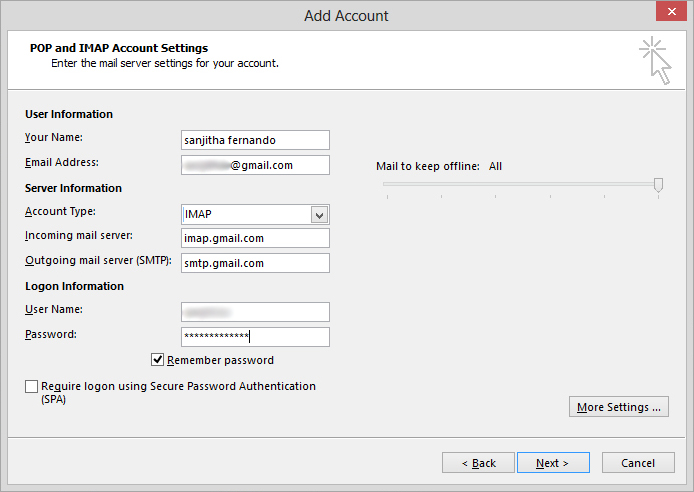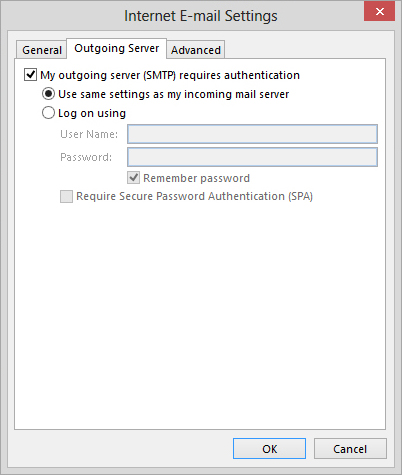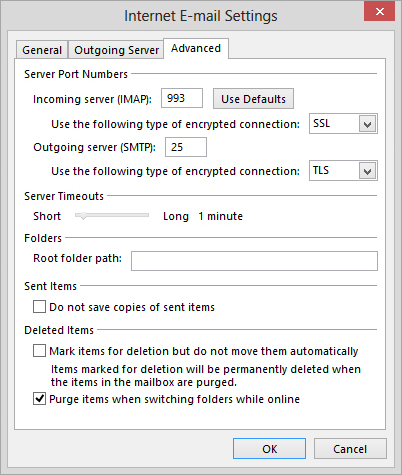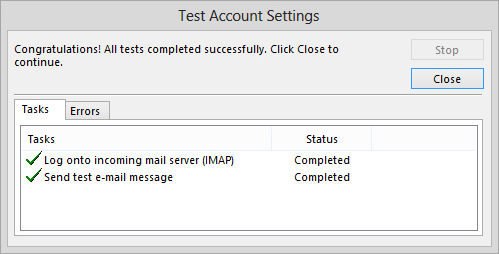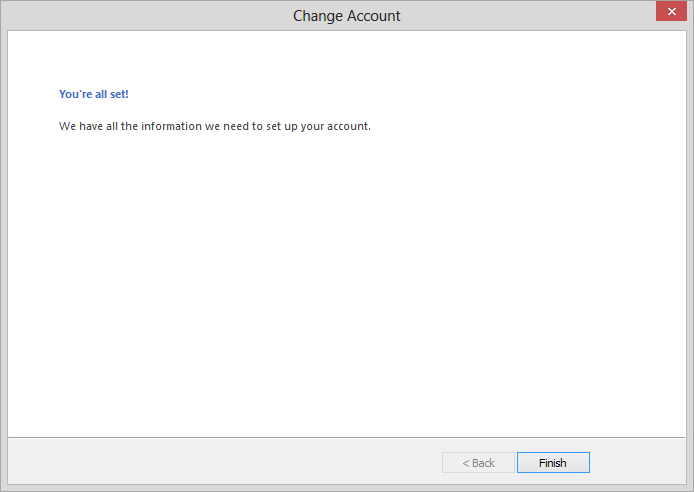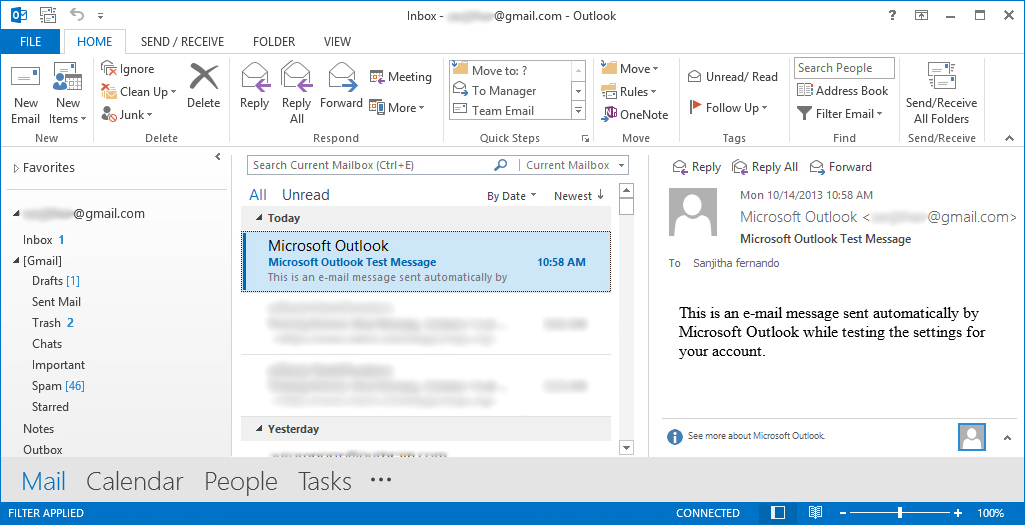Engineering Knowledge Test is a common test aimed at testing the Basic Engineering knowledge of the candidates applied for Aeronautical Engineering Courses. EKT has two parts, namely
Part A - General Engineering: 40 Questions Duration: 1 Hour
Part B - Specialist Paper for each Engineering discipline: 35 Questions
Engineering Knowledge Test is pitched at pre-final to final year engineering level. The test consists of two parts viz General Engineering and Specialist subjects for the two streams of Technical Branches i.e Aeronautical Engineering (Electronics) and Aeronautical Engineering (Mechanical).
The specialised papers are in Mechanical Engineering, Aeronautical engineering, Electronics and Communication engineering, Electrical and Instrumentation engineering and Computer Engineering.
The questions are objective type in nature and duration of test is approximately one hour. It is mandatory for the candidates to pass in both General and Specialist papers to qualify for AFSB interview.
EKT SYLLABUS- GENERAL ENGINEERING
1. Modern Physics:- Quantum Mechanics, Electrical Conductivity in Metals, Dielectric and magnetic properties of materials, Lasers, Super Conductivity and optical fibers.
2. Chemistry :- Chemical Energy Sources, Solar Energy, Electrochemical Energy Systems, Battery Technology, Fuel Cell, Corrosion Science & Control, Metal finishing & Electroless Plating.
3. Mathematics :- Differential Calculus, Partial Differentiation, Integral Calculus & Application, Differential Equation, Vector Calculus & Infinite Series, Laplace Transform, Vector Integration, Integral Calculus.
4. Computers :- Computer peripherals, Data Processing, Data storage, Operation Systems, Networks of an Internets, Algorithms & Flow charts, Computer aided sketching.
5. Electrical :- DC Circuits, Electromagnetism, Single phase AC Circuits, Three phase Circuits, Measuring Instruments, Domestic Wiring, DC Machine Transformer, Synchronous Generation, Three phase Induction motor.
6. Electronics :- Semiconductors diodes, Transistor, SCR, Amp & oscillators, OP Amp, Communication Systems, Number System and Digital Logic.
7. Mechanical Engineering :- Energy & Steam, Turbines steam, Gas & Water, Internal combustion Engines, Refrigeration and Air Conditioning, Lathe & Drilling Machines, Milling & Grinding Machines, Joining Processes, Lubrication & Bearing , Power Transmission and workshop technologies.
EKT SYLLABUS – COMPUTER AND ELECTRONICS
1. Digital Electronic Circuits:- Number representation and computer arithmetic (fixed and floating point),Boolean algebra and minimization of Boolean functions, Logic functions and logic gates, Minimization, Digital IC families (DTL, TTL, ECL, MOS, CMOS),Design and synthesis of combinational and sequential circuits, Combinational Circuits: arithmetic circuits, code converters, multiplexers, Decoders. Sequential circuits: latches and flip-flops, counters, shift-registers.
2. Analog Electronic Circuits: - Small Signal Equivalent circuits of diodes ,Simple diode circuits, clipping, clamping, rectifiers, Biasing and bias stability of transistor and FET amplifiers, Amplifiers, single-and multi-stage amplifiers, frequency response of amplifiers, Simple op-amp circuits, Sinusoidal oscillators and criterion for oscillation
3. Computer Organization and Architecture:- Machine instructions and addressing modes, Memory interface, Cache and main memory and Secondary storage. Microprocessor (8085): architecture and memory organisation.
4. Operating System:- Processes, Threads and Inter-process communication, Concurrency, Synchronization and Deadlock, CPU scheduling, Memory management and virtual memory, File systems and I/O systems, Protection and security.
5. Programming and Data Structures:- Programming in C and similar Structured programming languages. Functions, Recursion, Parameter passing, Scope, Binding; Abstract data types, Arrays, Stacks, Queues, Linked Lists, Trees, Binary search trees, Binary heaps.
6. Databases:- ER-model, Relational model (relational algebra, tuple calculus), Database design (integrity constraints, normal forms), Query languages (SQL), File structures (sequential files, indexing, B and B+ trees), Transactions and concurrency control.
7. Computer Networks:- ISO/OSI stack, LAN technologies (Ethernet, Token ring), Flow and error control techniques, Routing algorithms, Congestion control, TCP/UDP and sockets, IP(v4), Application layer protocols (icmp, dns, smtp, pop, ftp, http); Basic concepts of hubs, switches, gateways, and routers. Network security: basic concepts of public key and private key cryptography, digital signature, firewalls.
8. Information Systems and Software Engineering:- information gathering, requirement and feasibility analysis, data flow diagrams, process specifications, input/output design, process life cycle, planning and managing the project, design, coding, testing, implementation, maintenance.
EKT SYLLABUS- MECHANICAL
1. Engineering Mechanics :- Equivalent force systems, free-body concepts, equations of equilibrium, trusses and frames, virtual work and minimum potential energy. Kinematics and dynamics of particles and rigid bodies, impulse and momentum (linear and angular), energy methods, central force motion.
2. Strength of Materials :- Stress and strain, stress-strain relationship and elastic constants, Mohr’s circle for plane stress and plane strain, shear force and bending moment diagrams, bending and shear stresses, deflection of beams torsion of circular shafts, thin and thick cylinders, Euler’s theory of columns, strain energy methods, thermal stresses.
3. Theory of Machines :- Displacement, velocity and acceleration, analysis of plane mechanisms, dynamic analysis of slider-crank mechanism, planar cams and followers, gear tooth profiles, kinematics and design of gears, governors and flywheels, balancing of reciprocating and rotating masses.
4. Vibrations :- Free and forced vibration of single degree freedom systems, effect of damping, vibration isolation, resonance, critical speed of rotors.
5. Fluid Mechanics:- Fluid properties, fluid statics, manometry, buoyancy -- Control-volume analysis of mass, momentum and energy, fluid acceleration -- Differential equation of continuity and momentum -- Bernoulli’s equation -- Viscous flow of incompressible fluids -- Boundary layer, Elementary turbulent flow -- Flow through pipes, head losses in pipes, bends etc.
6. Heat Transfer :- Modes of heat transfer -- One dimensional heat conduction, resistance concept, electrical analogy, unsteady heat conduction, fins -- Dimensionless parameters in free and forced convective heat transfer, Various correlations for heat transfer in flow over flat plates and through pipes -- Thermal boundary layer -- effect of turbulence -- Radiative heat transfer, black and grey surfaces, shape factors, network analysis -- Heat exchanger.
EKT SYLLABUS - ELECTRONICS AND COMMUNICATION ENGINEERING
1. Networks: Network graphs: matrices associated with graphs; incidence, fundamental cut set and fundamental circuit matrices. Solution methods: nodal and mesh analysis. Network theorems: superposition, Thevenin and Norton's maximum power transfer, Waye-Delta transformation. Steady- state sinusoidal analysis using phasors. Linear constant coefficient differential equations; time domain analysis of simple RLC circuits, Solution of network equations using Laplace transform: frequency domain analysis of RLC circuits. 2-port network parameters: driving point and transfer functions. State-equations for networks.
2. Electronic Devices: Energy bands in silicon, intrinsic and extrinsic silicon. Carrier transport in silicon: diffusion current, drift current, mobility, and resistivity. Generation and recombination of carriers. p-n junction diode, Zener diode, tunnel diode, BJT, JFET, MOS capacitor, MOSFET, LED, p-I-n and avalanche photo diode, Basics of LASERs. Device technology: integrated circuits fabrication process, oxidation, diffusion, ion implantation, photolithography, n-tub, p-tub and twin-tub CMOS process.
3. Analog Circuits: Small Signal Equivalent circuits of diodes, BJTs, MOSFETs and analog CMOS. Simple diode circuits, clipping, clamping, rectifier. Biasing and bias stability of transistor and FET amplifiers. Amplifiers: single-and multi-stage, differential and operational, feedback, and power. Frequency response of amplifiers. Simple op-amp circuits. Filters. Sinusoidal oscillators; criterion for oscillation; single-transistor and op-amp configurations. Function generators and wave-shaping circuits, 555 Timers. Power supplies.
4. Digital circuits: Boolean algebra, minimization of Boolean functions; logic gates; digital IC families (DTL, TTL, ECL, MOS, CMOS). Combinatorial circuits: arithmetic circuits, code converters, multiplexers, decoders, PROMs and PLAs. Sequential circuits: latches and flip-flops, counters and shift-registers. Sample and hold circuits, ADCs, DACs. Semiconductor memories. Microprocessor(8085): architecture, programming, memory and I/O interfacing.
5. Signals and Systems: Definitions and properties of Laplace transform, continuous-time and discrete-time Fourier series, continuous-time and discrete-time Fourier Transform, DFT and FFT, z-transform. Sampling theorem. Linear Time-Invariant (LTI) Systems: definitions and properties; causality, stability, impulse response, convolution, poles and zeros, parallel and cascade structure, frequency response, group delay, phase delay. Signal transmission through LTI systems.
6. Control Systems: Basic control system components; block diagrammatic description, reduction of block diagrams. Open-loop and closed-loop (feedback) systems and stability analysis of these systems. Signal flow graphs and their use in determining transfer functions of systems; transient and steady state analysis of LTI control systems and frequency response. Tools and techniques for LTI control system analysis: root loci, Routh-Hurwitz criterion, Bode and Nyquist plots. Control system compensators: elements of lead and lag compensation, elements of Proportional-Integral-Derivative (PID) control. State variable representation and solution of state equation of LTI control systems.
7. Communications: Random signals and noise: probability, random variables, probability density function, autocorrelation, power spectral density. Analog communication systems:
amplitude and angle modulation and demodulation systems, spectral analysis of these operations, superheterodyne receivers; elements of hardware, realizations of analog communication systems; signal-to-noise ratio (SNR) calculations for amplitude modulation (AM) and frequency modulation (FM) for low noise conditions. Fundamentals of information theory and channel capacity theorem. Digital communication systems: pulse code modulation (PCM), differential pulse code modulation (DPCM), digital modulation schemes: amplitude, phase and frequency shift keying schemes (ASK, PSK, FSK), matched filter receivers, bandwidth consideration and probability of error calculations for these schemes. Basics of TDMA, FDMA and CDMA and GSM.
8. Electromagnetics: Elements of vector calculus: divergence and curl; Gauss and Stokes theorems, Maxwell's equations: differential and integral forms. Wave equation, Poynting vector. Plane waves: propagation through various media; reflection and refraction; phase and group velocity; skin depth. Transmission lines: characteristic impedance; impedance transformation; Smith chart; impedance matching; S parameters, pulse excitation. Waveguides: modes in rectangular waveguides; boundary conditions; cut-off frequencies; dispersion relations. Basics of propagation in dielectric waveguide and optical fibers. Basics of Antennas: Dipole antennas; radiation pattern; antenna gain.
EKT SYLLABUS – ELECTRICAL & INSTRUMENTATION ENGINEERING
1. Electrical Circuits and Fields:- Network graph, KCL, KVL, node/ cut set, mesh/ tie set analysis, transient response of d.c. and a.c. networks -- sinusoidal steady-state analysis -- resonance in electrical circuits -- concepts of ideal voltage and current sources, network theorems, driving point, immittance and transfer functions of two port networks, elementary concepts of filters --three phase circuits -- Fourier series and its application -- Gauss theorem, electric field intensity and potential due to point, line, plane and spherical charge distribution, dielectrics, capacitance calculations for simple
configurations -- Ampere's and Biot-Savart's law, inductance calculations for simple configurations.
2. Electrical Machines :- Single phase transformer - equivalent circuit, phasor diagram, tests, regulation and efficiency -- three phase transformers - connections, parallel operation -- auto transformer and three-winding transformer -- principles of energy conversion, windings of rotating machines: D. C. generators and motors - characteristics, staring and speed control, armature reaction and commutation -- three phase induction motors -- performance characteristics, starting and speed control -- single-phase induction motors -- synchronous generators performance, regulation, parallel operation -- synchronous motors - starting, characteristics, applications, synchronous condensers -- fractional horse power motors, permanent magnet and stepper motors.
3. Control Systems :- Principles of feedback -- transfer function -- block diagrams: Signal flow graphs. Transient Response --steady-state errors -- stability-Routh and Nyquist criteria -- Bode plots -- compensation -- root loci -- time delay systems-- phase and gain margin elementary state variable formulation -- state transition matrix and response for LTI systems. Mechanical, hydraulic and pneumatic system components. Synchro pair, servo and step motors. On off, cascade, P, PI, P-I-D, feed forward and derivative controller, Fuzzy controllers.
4. Electrical and Electronic Measurements :- Transducers, Mechanical Measurement and Industrial Instrumentation: Resistive, Capacitive, Inductive and piezoelectric transducers and their signal conditioning. Measurement of displacement, velocity and acceleration (translational and rotational), force, torque, vibration and shock. Measurement of pressure, flow, temperature and liquid level. Measurement of pH, conductivity, viscosity and humidity. Bridges and potentiometers, PMMC moving iron, dynamometer and induction type instruments -- measurement of voltage, current, power, energy and power factor -- instrument transformers -- digital voltmeters and multimeters -- phase, time and frequency measurement -- Q-meter, oscilloscopes, potentiometric recorders, error analysis.
5. Analog and Digital Electronics :- Analog Electronics: Characteristics of diodes, BJT, FET, SCR -- amplifiers-biasing, equivalent circuit and frequency response -- oscillators and feedback amplifiers, operational amplifiers- characteristics and applications -- simple active filters -- Instrumentation amplifier-- precision rectifier-- V-to-I and I-to-V converter --oscillators and signal generators--VCOs and timers.Digital Electronics: Combinational logic circuits, minimization of Boolean functions. IC families, TTL, MOS and CMOS. Arithmetic circuits. Comparators, Schmitt trigger, timers and mono-stable multi-vibrator. Sequential circuits, flip-flops, counters, shift registers. Multiplexer, S/H circuit. Analog-to-Digital and Digital-to-Analog
converters. Basics of number system. Microprocessor applications, memory and input-output interfacing. Microcontrollers.
6. Telecommunication Engineering :- Signals, Systems and Communications: Periodic and aperiodic signals. Impulse response, transfer function and frequency response of first- and second order systems. Convolution, correlation and characteristics of linear time invariant systems. Discrete time system, impulse and frequency response. Pulse transfer function. IIR and FIR filters. Amplitude and frequency modulation and demodulation. Sampling theorem, pulse code modulation. Frequency and time division multiplexing. Amplitude shift keying, frequency shift keying and pulse shift keying for digital modulation.
EKT STLLABUS - AE-AERONAUTICAL ENGINEERING (MECHANICAL)
1. FLIGHT MECHANICS / AERODYNAMICS :- Atmosphere, standard atmosphere, Properties, Pressure altitude, density altitude. Classification of aircraft. Airplane (fixed wing aircraft) configuration and various parts. Bernoulli’s equation, static, dynamic pressure equivalent, calibrated, indicated air speeds, various corrections for airspeeds, Equations of equilibrium, work and energy, Incompressible flow, viscous flows, introduction to Reynolds number, Laminar turbulent flow, transition, Aerodynamic forces and moments, Lift, drag, centre of pressure, Primary flight instruments, Altimeter, ASI, VSI, Turn-bank indicator, gyroscope
2. THERMODYNAMICS:- Zeroth, First and Second laws of thermodynamics -- Thermodynamic system and processes -- Irreversibility and availability -- Behaviour of ideal and real gases, Properties of pure substances, calculation of work and heat Analysis of thermodynamic cycles related to energy conversion -- Carnot, Rankine, Otto, Diesel, Brayton and Vapour compression cycles.
3. ENGINEERING MATERIALS :- Structure and properties of engineering materials and their applications, heat treatment, fatigue and creep.
4. STRUCTURES:- Stress and Strain, Young’s modulus, Poissons ratio, Equations of equilibrium, strain-displacement relationship, plane stress and strain. Classification of structures, preliminary, secondary and tertiary , stressed skin, Characteristics of aircraft structures and materials, torsion, bending and flexural shear. Flexural shear flow in thin-walled sections. Buckling. Failure theories. Loads on aircraft. V-n diagram
5. PROPULSION :- Thermodynamics, Theory of Aircraft Gas Turbine engines, Brayton cycle, Otto cycle, Classification of jet propulsion, turboprop, turbojet, turbofan etc., effect of speed, altitude, temperature etc thrust equation, propeller theory basics. Axial compressors and turbines, centrifugal pumps and compressors. Aerothermodynamics of non rotating propulsion components: Intakes, combustor and nozzle, Elements of rocket propulsion.









